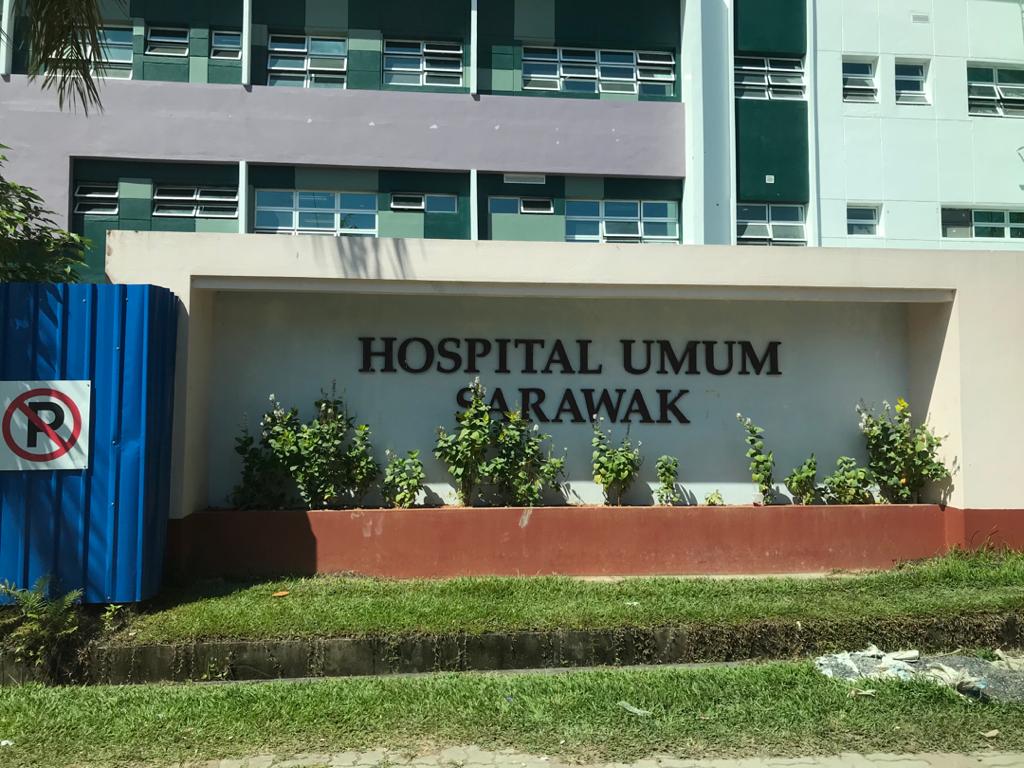The role of culture in increasing the safety of patients and health care professionals is increasingly emphasised by all health care organisations.
The World Health Organization (“WHO”) Patient Safety Action Plan for 2021-2030 calls on governments to “adopt global approaches for establishment of safety culture across the health system” and on hospitals to conduct regular surveys of its safety culture, and to use the data to “identify gaps and introduce innovative approaches to building safety culture, in line with international experience and best practice.”
The United States (“US”) Institute of Medicine (“IOM”) states that a culture of safety in health care requires three elements i.e.
- A belief that although health care processes are high risk, they can be designed to prevent failure
- A commitment at the organizational level to detect and learn from errors
- An environment that is perceived as just because managers discipline only when an employee knowingly increases risk to patients and peers
The US Agency for Healthcare Research and Quality (“AHRQ”) state that “patient safety culture is the extent to which an organization’s culture supports and promotes patient safety.
It refers to the values, beliefs, and norms that are shared by healthcare practitioners and other staff throughout the organization that influence their actions and behaviours.
Patient safety culture can be measured by determining the values, beliefs, norms, and behaviours related to patient safety that are rewarded, supported, expected, and accepted in an organization. It is also important to note that culture exists at multiple levels, from the unit level to the department, organisation, and system levels.
Assessment of Patient Safety Culture
There are various tools that assess patient safety culture in various care settings like hospitals, ambulatory care centres, clinics, community pharmacies and nursing homes.
The AHRQ Surveys of Patient Safety Culture (“SOPS”) survey healthcare providers and staff to assess the extent to which their organizational culture supports patient safety and safe practices. All SOPS surveys have a standard set of core dimensions with survey content across facilities and care settings.
Optional item sets can be added to core surveys to assess additional content areas like workplace safety, diagnostic safety, value and efficiency and information technology patient safety.
The Hospital SOPS (“HSOPSC”) 1.0 was released in 2004. SOPS 2.0, which was released in 2019, was designed to align more closely with efforts to support the development of a just and accountable culture, a more current approach to patient safety, and to remedy shortcomings in SOPS 1.0.
The dimensions of patient safety culture assessed by the AHRQ SOPS surveys include Communication About Error; Communication Openness; Organizational Learning-Continuous Improvement; Overall Rating on Patient Safety; Response to Error; Staffing; Supervisor and Management Support for Patient Safety; Teamwork and Work Pressure and Pace.
There are multiple survey items for each domain that are customized for each care setting, and which enable reliable measurement and facilitate patient safety culture improvement. The survey and supplemental item sets have undergone rigorous development and testing which render them acceptable as standardized and validated measures of patient safety culture. The Safety Attitude Questionnaire (“SAQ”) is another tool that assess provider attitudes i.e. Teamwork climate; Safety climate; Perceptions of management; Job satisfaction; Working conditions; and Stress recognition.
Patient Safety Culture in Malaysian Hospitals
There is limited published data on patient safety culture (“PSC”) in Malaysian hospitals. Two publications on PSC in public hospitals are discussed in this article. There is no publication on PSC in private hospitals.
Alex Kim Ren Jye et al’s “Hospital survey on patient safety culture in Sarawak General Hospital (“SGH”): A cross sectional study” was published in the Medical Journal of Malaysia Vol 74 No 5 October 2019. They reported on a cross-sectional study in Sarawak General Hospital using the AHRQ Hospital Survey on Patient Safety Culture (HSOPSC) version 1.0.
The response to the survey, conducted from March to April 2018, involved 407 out of 500 (81.4%) hospital staff comprising doctors, nurses, pharmacists and other clinical and non-clinical staff.
The authors found positive responses for the 12 patient safety culture dimensions that ranged from 18% to 80% with the mean positive responses for all the dimensions 50.1%, which was lower than the AHRQ data standard (64.8%).
The mean positive response rate for all the dimensions were lower than composite data of AHRQ, except for “Organisational Learning – Continuous Improvement”, which was also the highest positive response rate (80%), higher than AHRQ data (73%).
The lowest positive response was “Non-punitive response to error” (18%), meaning that most of the staff perceived that they will be punished for medical error. Only 23% of the respondents agreed that staffing was adequate for patient care and 24% worked more than 60 hours per week.
Six respondents commented that high workload and understaffing posed threat to patient safety. The majority of respondents (63.1%) rated the level of patient safety as “acceptable”. However, 47.9% of the respondents reported at least one event over the past 12 months.
The authors concluded: “The level of patient safety culture in SGH is acceptable and most of the scores related to dimensions were lower than benchmark score. SGH as a learning organisation should also address the issues of staffing, improving handoff and transition and develop a non-punitive culture in response to error.”
Aniza Ismail and Siti Norhani Mazrah Khalid’s “Patient safety culture and its determinants among healthcare professionals at a cluster hospital in Malaysia: a cross-sectional study” was published in the British Medical Journal on 2 August 2022 (doi:10.1136/bmjopen-2021-060546).
They reported on a cross-sectional study conducted at a cluster hospital comprising one state and two district hospitals in Kedah using the SAQ from December 2019 to February 2020. Of the 1,814 respondents, 479(26.6%) were doctors and 1,321(73.4%) other staff.
The authors found that only 23.9% had positive patient safety culture levels (SAQ score ≥75%) which is markedly below the international benchmark of about 60%. The job satisfaction dimension had the highest positive responses (67.0%). More than half of the respondents had a negative attitude for most of the dimensions tested, except for job satisfaction. Respondents in district hospitals had a higher positive response (28.7%) for overall patient safety culture, compared with general hospital respondents (23.0%).
There was significant association between patient safety culture level and race, profession, education level, current working hospital, current department or unit and working hours per week. There was also significant association between patient safety culture score and patient safety-related questions.
The factors associated with positive patient safety culture were age, gender, education level, work station, participation in patient safety training, good perception of the incident reporting system and a non-blaming and instructive incident reporting system.
The authors concluded: “Health care professionals at the cluster hospital showed unsatisfactory patient safety culture levels. Most of the respondents appreciated their jobs, despite experiencing dissatisfaction with their working conditions.
“The priority for changes should involve systematic interventions to focus on patient safety training, address the blame culture, improve communication, exchange information about errors and improve working conditions.”
Both studies had limitations in that there was no data provided about the number of patient safety events and adverse outcomes during the study period.
Much More Needs To Be Done
The findings from the two studies above may or may not be representative of the patient safety culture situation in public hospitals. Nevertheless, the findings are reasonable cause for concern for doctors who refer patients to public hospitals and to patients themselves.
The lack of data from private hospitals is deafening considering that there are several that proclaim their centres of excellence in their marketing.
It would be very difficult for anyone to dispute that much more needs to be done, by the hospitals themselves and the Health Ministry, to improve the patient safety culture in Malaysian hospitals.
The reasons are obvious as there is strong global correlation between an organisation’s culture and outcomes in patient safety, employee engagement, physician engagement, employee safety, financial stability and progress toward high reliability organisation.

Dr Milton Lum is a Past President of the Federation of Private Medical Associations, Malaysia and the Malaysian Medical Association. This article is not intended to replace, dictate or define evaluation by a qualified doctor. The views expressed do not represent that of any organisation the writer is associated with.
- This is the personal opinion of the writer or publication and does not necessarily represent the views of CodeBlue.








